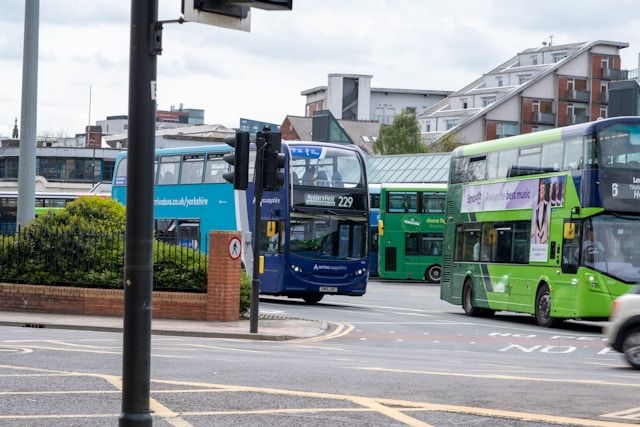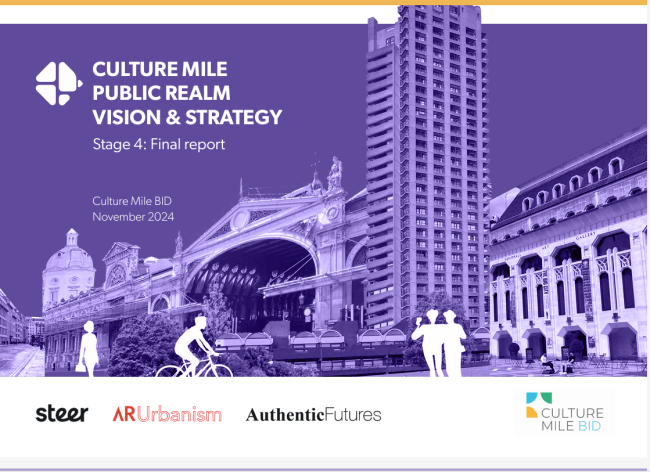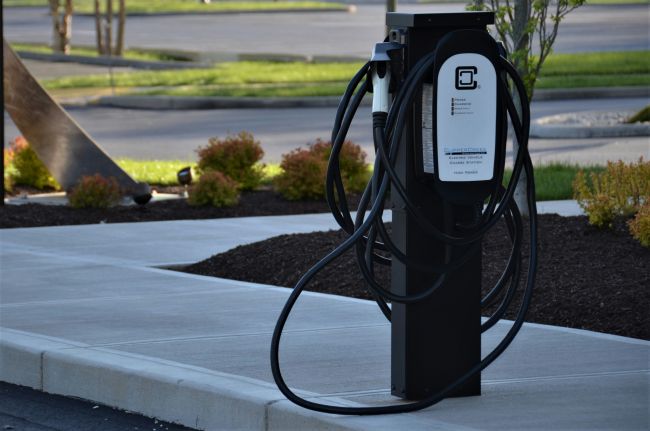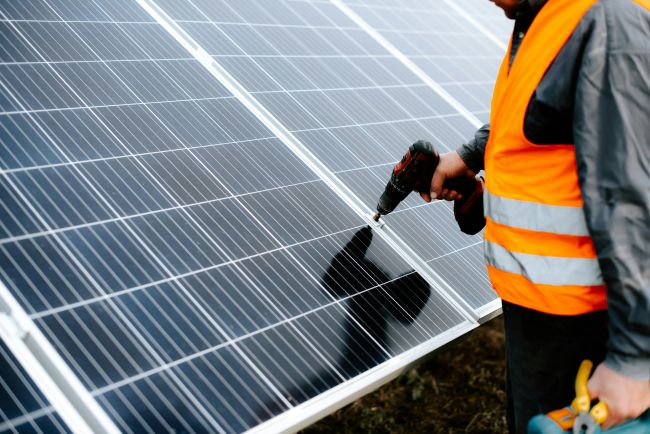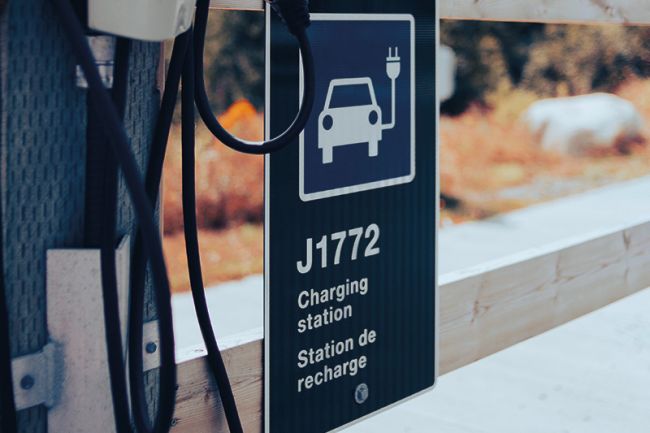Electric buses: impetus for electric mobility in Indian cities?
India has been considering electric mobility and alternative fuels as potential solutions to the crisis of air pollution.
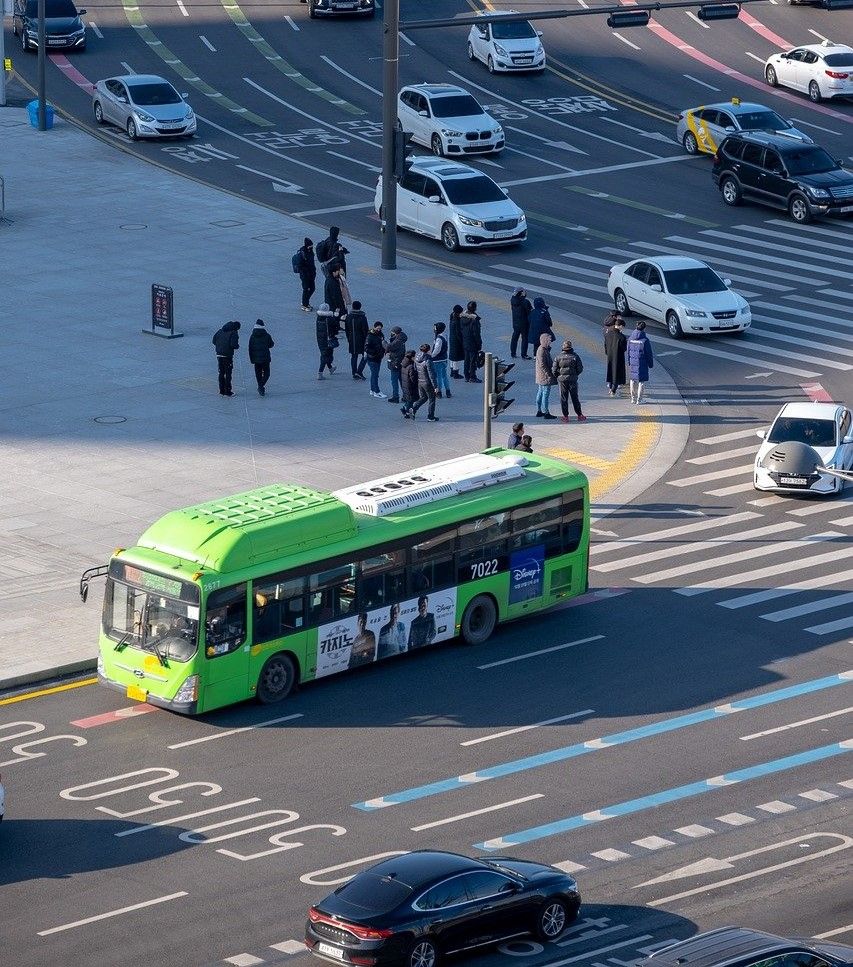
India has recently been considering electric mobility and alternative fuels as potential solutions to the multi-pronged crisis of air pollution. Although there is an appetite for electric vehicles, the inadequate charging infrastructure and higher capital costs pose a challenge. Can electric buses, with their advantage of captive charging infrastructure and subsidies, provide the breakthrough for large-scale electric mobility in India?
Updates from policy and industry show that, with the appropriate strategy, planning and intent, there is potential. With India being highly solar-resourced, and solar picking up in the renewable energy sector, electric vehicles have the potential to become a fully clean mobility option in the emerging pro-sustainability markets.
Starting with an ambitious target for complete electric mobility by 2030, in the last five years the Indian government has attempted several strategies to promote electric mobility. Phase I of the federal Department of Heavy Industry’s (DHI) FAME Scheme offered subsidies for the purchase of electric vehicles. In 2017, this scheme included electric buses (e-buses), with up to 60% subsidy capped at INR 10 million (for 35% localisation). After expressions of interest from 44 cities, Phase I saw 11 cities being selected for the pilot project.
With final funding approved by DHI, Tata Motors is expected to supply 230 e-buses to seven cities and Goldstone-BYD 290 e-buses to three cities. Delhi is planning to procure 700 e-buses using the state budget. Between the gross cost model (bid per km operating cost) and outright purchase (bid per bus purchase cost), the former finds its place in the contracts of cities like Bangalore and Hyderabad that have the largest size and numbers of buses, battery capacity and range in the contract.
Besides FAME, there have also been supply-side incentives. Apart from a lower Goods and Services Tax (GST) on electric vehicles (12%) compared to conventional vehicles (28%), the GST on lithium-ion batteries has been lowered to 18% from 28%. Though India does not have enough lithium reserves on its own, its preferential trade agreements with lithium-producing countries like Chile can help bring down lithium costs, and in fact, despite the higher import duty, lithium-ion battery costs have been coming down in the last three years.
In addition to these measures, the government think tank, NITI Aayog, has recommended fiscal incentives to EV manufacturers. The need for licences to set up charging infrastructure has been diluted to include players beyond power distribution companies.
Steer has been assessing the case for introducing new bus technologies in Latin America, Europe and India. We have extensive experience in advising international players and local governmental bodies on strategy, bidding and operations across corporate and city bus segments in Indian cities like Pune, Delhi, Gurugram and Nagpur. Based on our experience, we see five factors that provide an enabling environment for clean buses – public transport characteristics, environmental standards, energy and infrastructure setup, governance and markets, and funding and financing options. Context-specific solutions, innovative win-win operating models, and inter-sectoral coordination between transport, power and urban planning are important principles for success.
Local characteristics, including topography, ambient temperature, typical bus speeds, stop frequency and load factors have a substantial influence on performance and technology choice for clean buses. Completely electric vehicles may not be a one-size-fits-all solution, as seen in the Indian government’s parallel efforts in encouraging alternative fuel like ethanol and methanol-blended fuel and a modified target of 30% electric fleet by 2030 in India. Nevertheless, electric vehicles (buses and taxis in particular) are likely to be a major component of the clean fuel mix.
As successful pilots potentially emerge from the ongoing efforts and the Indian market learns more lessons, Steer can leverage its expertise to facilitate the greater penetration of electric buses and vehicles into Indian cities.

